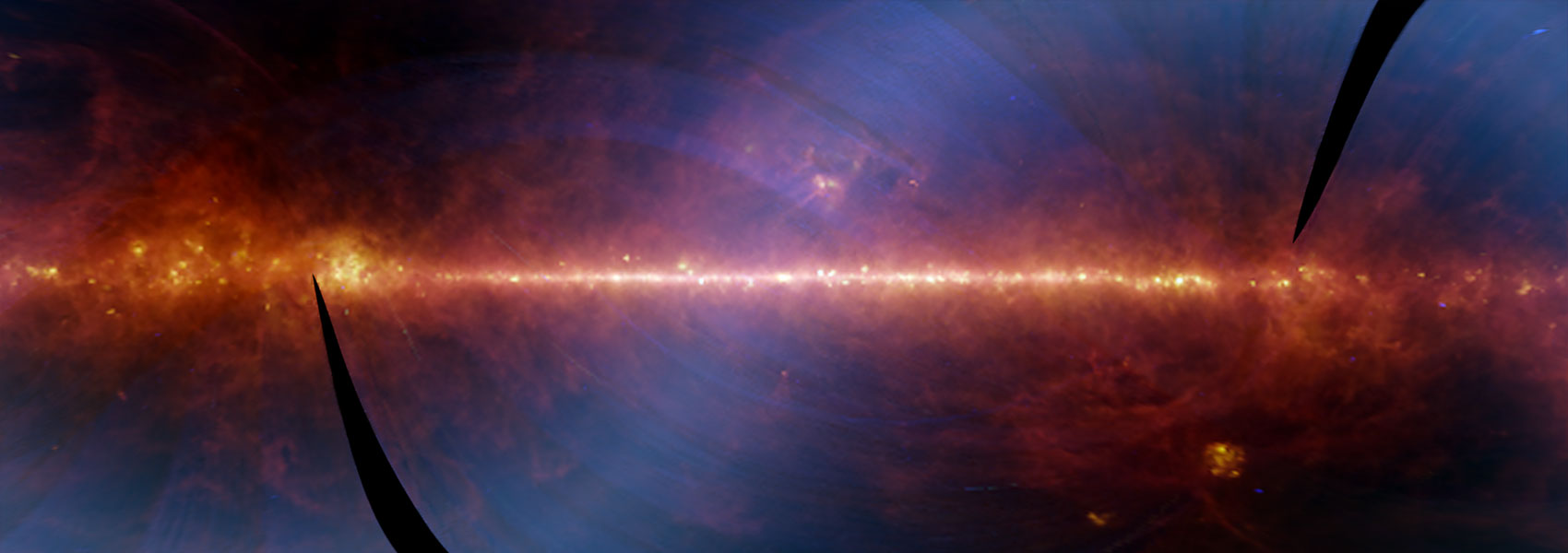August
2022
•
2022MNRAS.514.5952Z
Authors
•
Zang, Weicheng
•
Shvartzvald, Yossi
•
Udalski, Andrzej
•
Yee, Jennifer C.
•
Lee, Chung-Uk
•
Sumi, Takahiro
•
Zhang, Xiangyu
•
Yang, Hongjing
•
Mao, Shude
•
Novati, Sebastiano Calchi
•
Gould, Andrew
•
Zhu, Wei
•
Beichman, Charles A.
•
Bryden, Geoffery
•
Carey, Sean
•
Gaudi, B. Scott
•
Henderson, Calen B.
•
Mróz, Przemek
•
Skowron, Jan
•
Poleski, Radoslaw
•
Szymański, Michał K.
•
Soszyński, Igor
•
Pietrukowicz, Paweł
•
Kozłowski, Szymon
•
Ulaczyk, Krzysztof
•
Rybicki, Krzysztof A.
•
Iwanek, Patryk
•
Wrona, Marcin
•
Albrow, Michael D.
•
Chung, Sun-Ju
•
Han, Cheongho
•
Hwang, Kyu-Ha
•
Jung, Youn Kil
•
Ryu, Yoon-Hyun
•
Shin, In-Gu
•
Cha, Sang-Mok
•
Kim, Dong-Jin
•
Kim, Hyoun-Woo
•
Kim, Seung-Lee
•
Lee, Dong-Joo
•
Lee, Yongseok
•
Park, Byeong-Gon
•
Pogge, Richard W.
•
Bond, Ian A.
•
Abe, Fumio
•
Barry, Richard
•
Bennett, David P.
•
Bhattacharya, Aparna
•
Donachie, Martin
•
Fujii, Hirosane
•
Fukui, Akihiko
•
Hirao, Yuki
•
Itow, Yoshitaka
•
Kirikawa, Rintaro
•
Kondo, Iona
•
Koshimoto, Naoki
•
Li, Man Cheung Alex
•
Matsubara, Yutaka
•
Muraki, Yasushi
•
Miyazaki, Shota
•
Ranc, Clément
•
Rattenbury, Nicholas J.
•
Satoh, Yuki
•
Shoji, Hikaru
•
Suzuki, Daisuke
•
Tanaka, Yuzuru
•
Tristram, Paul J.
•
Yamawaki, Tsubasa
•
Yonehara, Atsunori
•
Bachelet, Etienne
•
Hundertmark, Markus P. G.
•
Jaimes, R. Figuera
•
Maoz, Dan
•
Penny, Matthew T.
•
Street, Rachel A.
•
Tsapras, Yiannis
Abstract
•
We report the discovery and analysis of a planet in the microlensing event OGLE-2018-BLG-0799. The planetary signal was observed by several ground-based telescopes, and the planet-host mass ratio is q = (2.65 ± 0.16) × 10-3. The ground-based observations yield a constraint on the angular Einstein radius θE, and the microlensing parallax vector $\boldsymbol{{\pi} }_{\rm E}$, is strongly constrained by the Spitzer data. However, the 2019 Spitzer baseline data reveal systematics in the Spitzer photometry, so there is ambiguity in the magnitude of the parallax. In our preferred interpretation, a full Bayesian analysis using a Galactic model indicates that the planetary system is composed of an $M_{\rm planet} = 0.26_{-0.11}^{+0.22}M_{\rm J}$ planet orbiting an $M_{\rm host} = 0.093_{-0.038}^{+0.082}~\mathrm{M}_{\odot }$, at a distance of $D_{\rm L} = 3.71_{-1.70}^{+3.24}$ kpc. An alternate interpretation of the data shifts the localization of the minima along the arc-shaped microlens parallax constraints. This, in turn, yields a more massive host with median mass of $0.13 {\, \mathrm{M}_{\odot }}$ at a distance of 6.3 kpc. This analysis demonstrates the robustness of the osculating circles formalism, but shows that further investigation is needed to assess how systematics affect the specific localization of the microlens parallax vector and, consequently, the inferred physical parameters.
Links





